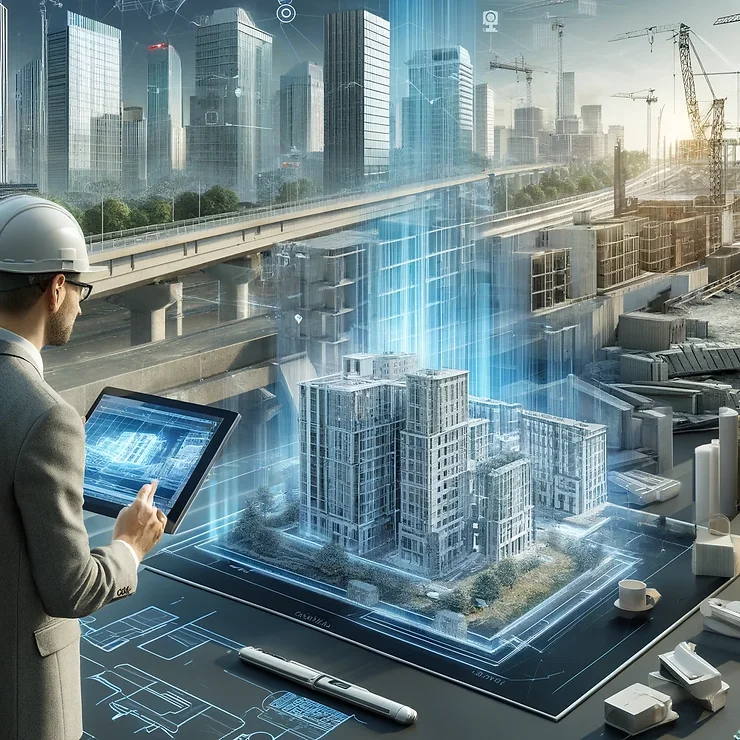
The real estate and architecture sectors are undergoing a significant transformation, thanks to the adoption of advanced technologies like 3D scanning. This technology is not only enhancing the way buildings are designed and constructed but also how they are marketed and maintained. Here’s an in-depth look at how 3D scanning is reshaping these industries, promising more efficiency, accuracy, and engaging customer experiences.
Revolutionizing Design and Construction
3D scanning plays a crucial role during the initial phases of architectural design and construction. By creating precise digital replicas of construction sites or existing structures, architects and engineers can work with accurate models of the current environment. This capability is particularly useful for renovations and restorations, where it's essential to understand the existing conditions down to the minutest details.
Enhanced Accuracy and Reduced Rework
With 3D scanning, the measurements are so precise that the likelihood of errors during the construction phase is significantly minimized. This precision leads to a decrease in costly rework, which traditionally arises from discrepancies between the as-built environment and architectural plans. Moreover, 3D scanning helps in the accurate fitting of prefabricated components, further speeding up the construction process and reducing manual labor costs.
Streamlined Project Approvals
By providing detailed and accurate models, 3D scans can be used to streamline the approval process with regulatory bodies. These models demonstrate compliance with specified guidelines and help in faster clearance of projects, reducing delays and facilitating a quicker project turnover.
Enhancing Sales and Marketing Strategies
Real estate agents and developers are using 3D scanning to create virtual tours and interactive models of properties. This technology allows potential buyers to explore properties remotely, enhancing customer engagement and broadening the market reach beyond geographical limitations.
Virtual Staging and Tours
Virtual staging of homes using 3D models allows for cost-effective and time-saving marketing tactics. Real estate professionals can furnish and decorate a property digitally, making it more appealing to prospective buyers and renters. This virtual staging is especially advantageous for showcasing properties that are not yet constructed or are undergoing renovation.
Increased Transparency and Buyer Confidence
Providing potential buyers with 3D virtual tours increases transparency, giving them a comprehensive view of the property, including its layout and condition, without needing to visit in person. This detailed preview can boost buyer confidence and can help in making faster purchasing decisions.
Facilitating Building Maintenance and Management
Once a building is constructed, maintaining its structural health and functionality is crucial. 3D scanning aids facility managers by providing them with detailed layouts and models of building systems, like plumbing, electrical networks, and structural components.
Preventive Maintenance
3D models help in monitoring the wear and tear of a building. They allow for the early detection of potential issues before they escalate into major repairs. This proactive approach to maintenance not only saves costs but also extends the lifespan of the property.
Historical Documentation
For building management, having a historical record of the building's data through various stages of its life can be invaluable, especially for insurance and renovation purposes. 3D scanning provides a chronological digital archive that can be referred back to as needed.
Conclusion
3D scanning is proving to be a game-changer in the realms of real estate and architecture. Its ability to enhance the design and construction phases, improve marketing strategies, and facilitate ongoing maintenance makes it a valuable asset in the industry. As technology continues to advance, the integration of 3D scanning in these sectors will likely become standard practice, leading to more innovative, efficient, and customer-focused real estate practices.